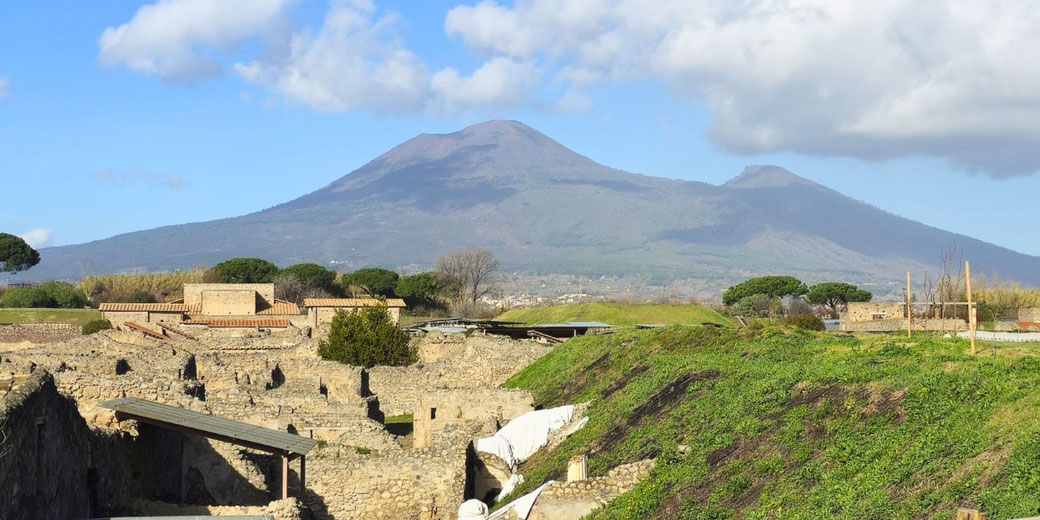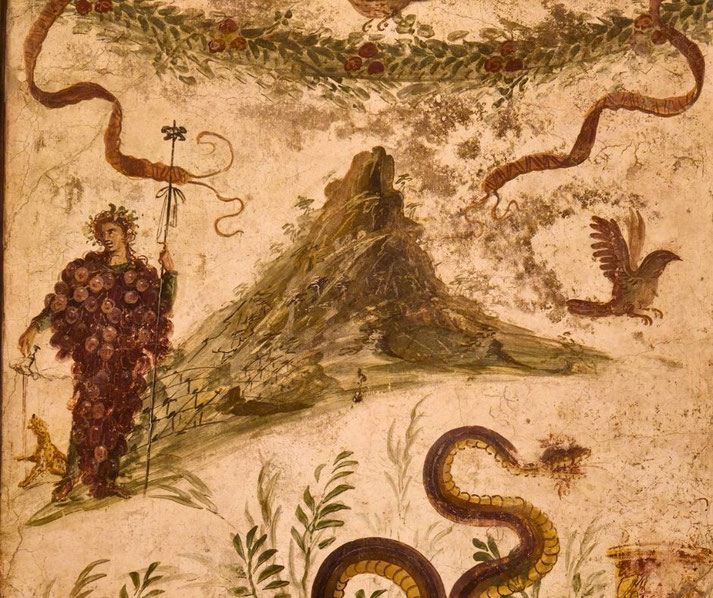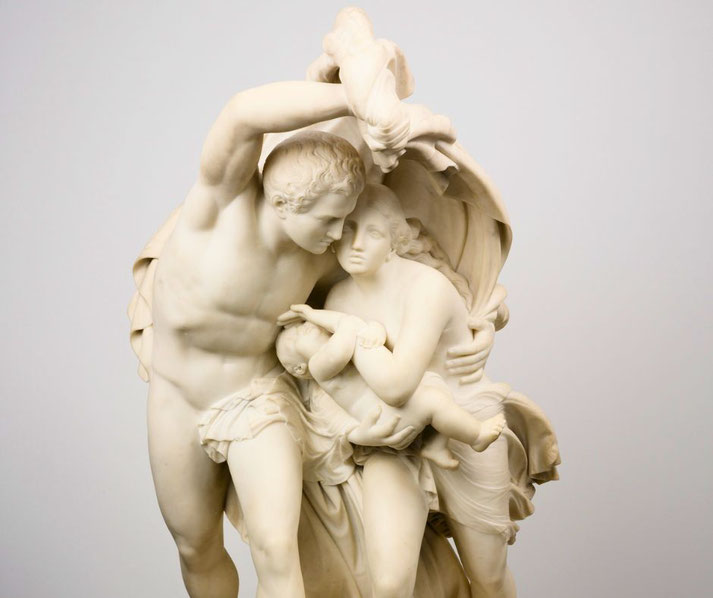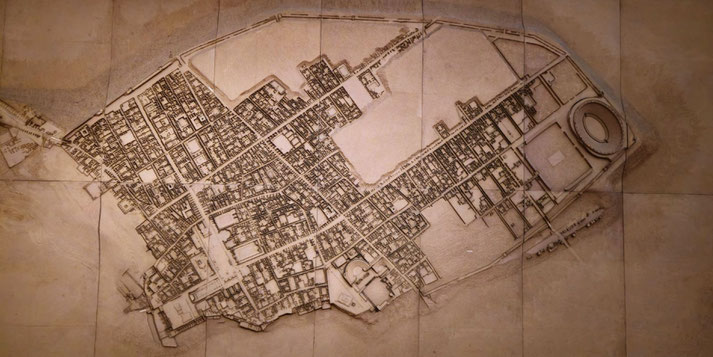A dramatic hour-by-hour account of the eruption of Vesuvius that buried Pompeii

In the shadow of a seemingly benign Mount Vesuvius, the cities of Pompeii and Herculaneum thrived, their streets echoing with the laughter of children, the chants of merchants, and the footsteps of Roman citizens.
But in 79 AD, over a harrowing 48-hour period, these vibrant cities were silenced forever, buried beneath layers of ash, pumice, and molten rock.
Piecing together ancient records and modern archaeological findings, we present a generalized account of those 48 hours.
Day 1: August 24, 79 AD
8:00 AM - Pompeii awakens to a typical morning. Streets come alive with commerce, chatter, and the sounds of a thriving Roman city.
10:00 AM - Minor tremors, not uncommon in the region, are felt. Life continues with little concern.
11:00 AM - The tremors grow stronger. A sense of unease permeates the city, but daily routines persist.

12:00 PM - A deafening roar from Vesuvius. A colossal plume of smoke and ash ascends, casting an ominous shadow. Panic ensues.
1:00 PM - Ashfall blankets Pompeii. Daylight is choked out, plunging the city into a premature night. Residents are torn between seeking shelter and fleeing.
2:00 PM - Pumice stones rain down, causing structural damage. The streets are chaotic with people and animals in a desperate bid to escape.
3:00 PM - Pyroclastic surges, lethal currents of gas and volcanic debris, roll down Vesuvius' slopes.
4:00 PM - The first surges hit Pompeii's outskirts. Death is instantaneous for those in their path.
5:00 PM - Pompeii is buried under meters of ash and pumice. Silence reigns where life once thrived.
6:00 PM - Further surges devastate the surrounding areas. Herculaneum, closer to Vesuvius, faces its onslaught.
7:00 PM - The eruption's fury shows signs of abating, but the devastation is widespread.
8:00 PM - A deceptive calm settles. Vesuvius, though quieter, is not done.

Day 2: August 25, 79 AD
6:00 AM - A traumatic dawn breaks. Survivors face a landscape altered beyond recognition.
8:00 AM - Vesuvius roars back to life. New eruptions send more ash and gas into the atmosphere.
10:00 AM - Pyroclastic flows, hotter and faster, race towards the already devastated cities.
12:00 PM - Herculaneum, having survived the previous day's events, is now directly in the path. The city is swiftly buried.

2:00 PM - The sea retreats, ships are capsized, and tsunamis lash the coastline, adding to the devastation.
4:00 PM - Ash continues to fall, burying the region even deeper.
6:00 PM - The eruption begins to wane once more. The landscape is unrecognizable, covered in a thick layer of ash, pumice, and mud.
8:00 PM - Darkness falls, marking the end of two days that changed the course of history.
The aftermath was profound. Thousands perished, and vibrant cities were entombed.
Rediscovered centuries later, they offer a haunting, yet invaluable glimpse into Roman life.
Today, they stand as poignant reminders of nature's might and the fragility of human existence.
What do you need help with?
Download ready-to-use digital learning resources
Copyright © History Skills 2014-2025.
Contact via email
With the exception of links to external sites, some historical sources and extracts from specific publications, all content on this website is copyrighted by History Skills. This content may not be copied, republished or redistributed without written permission from the website creator. Please use the Contact page to obtain relevant permission.





